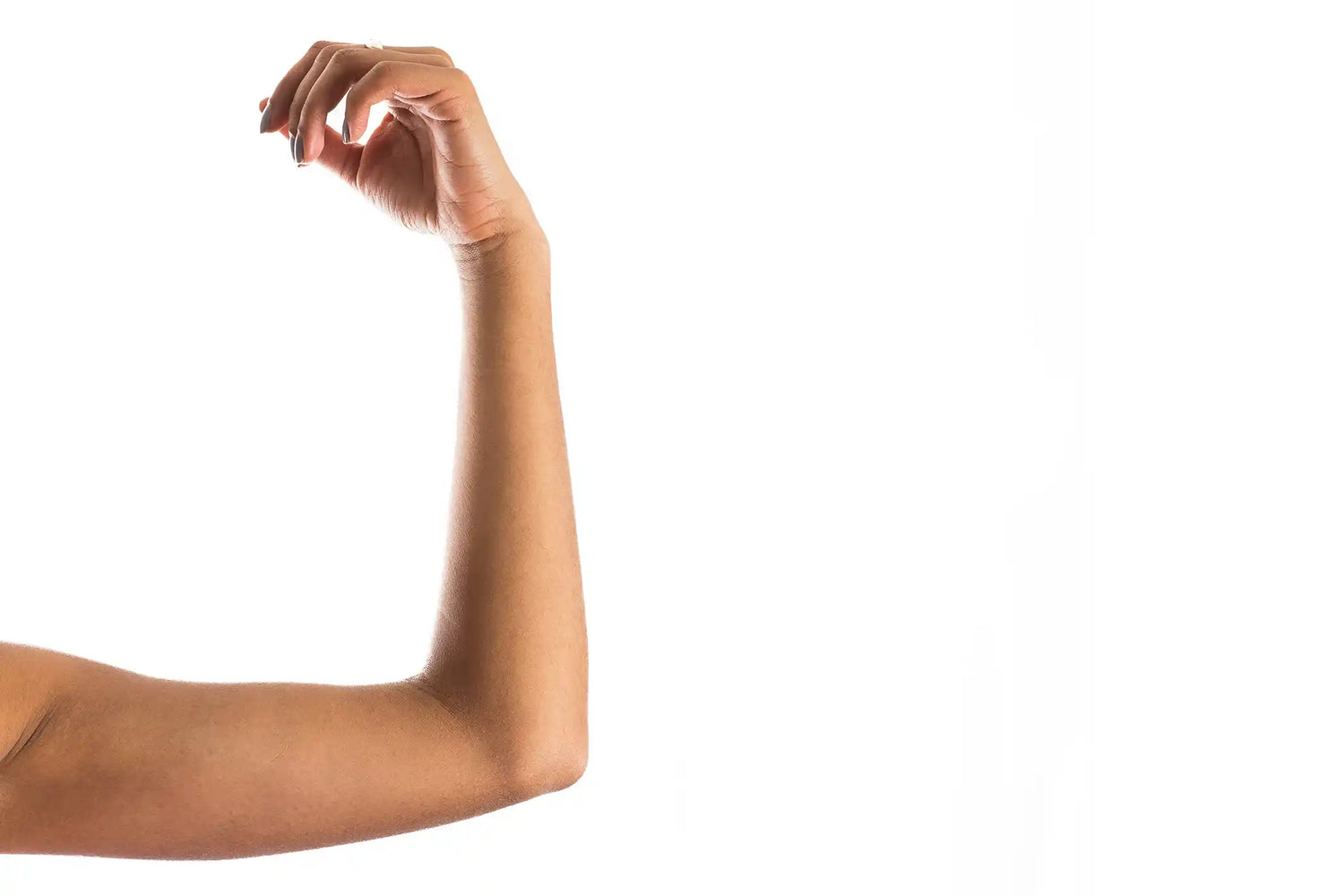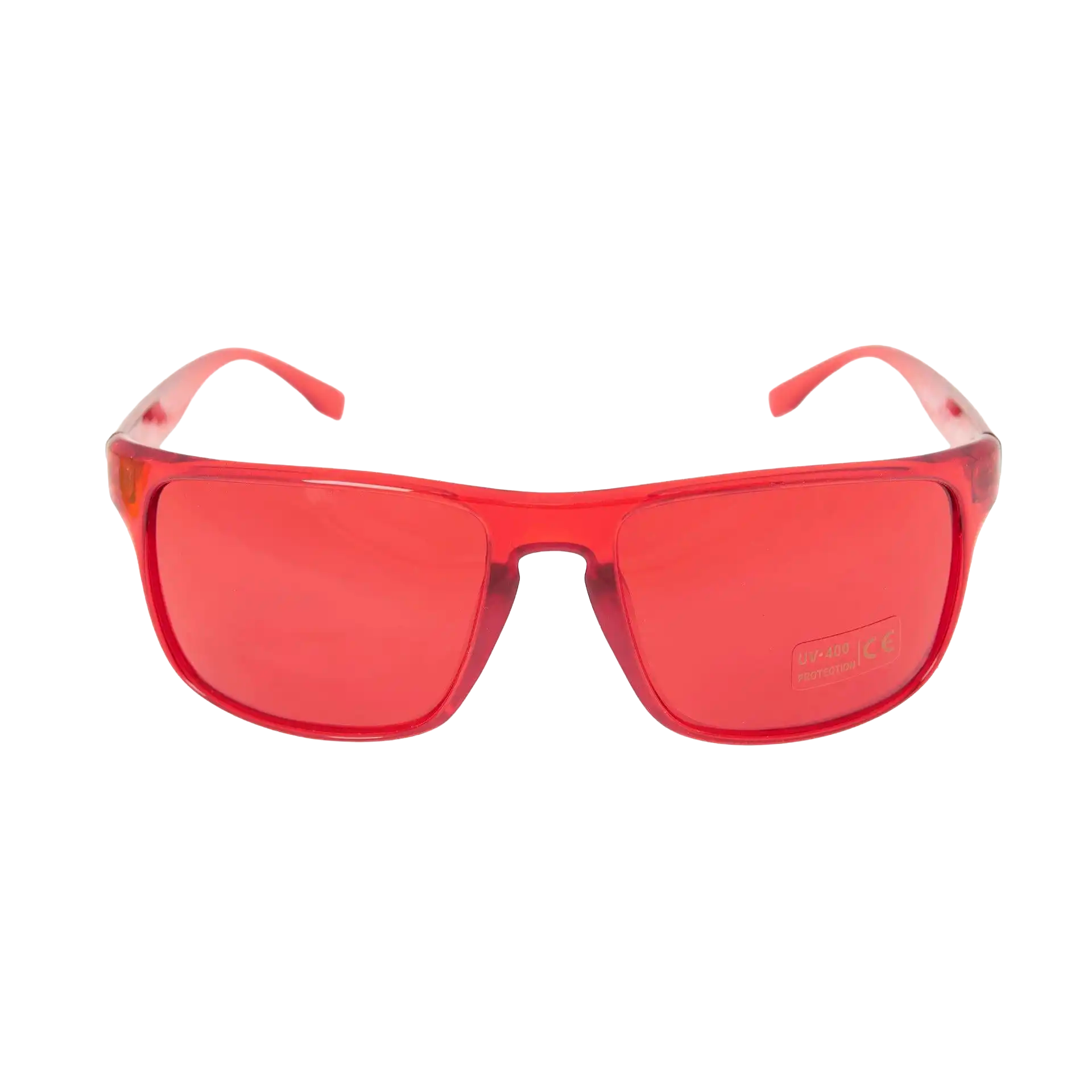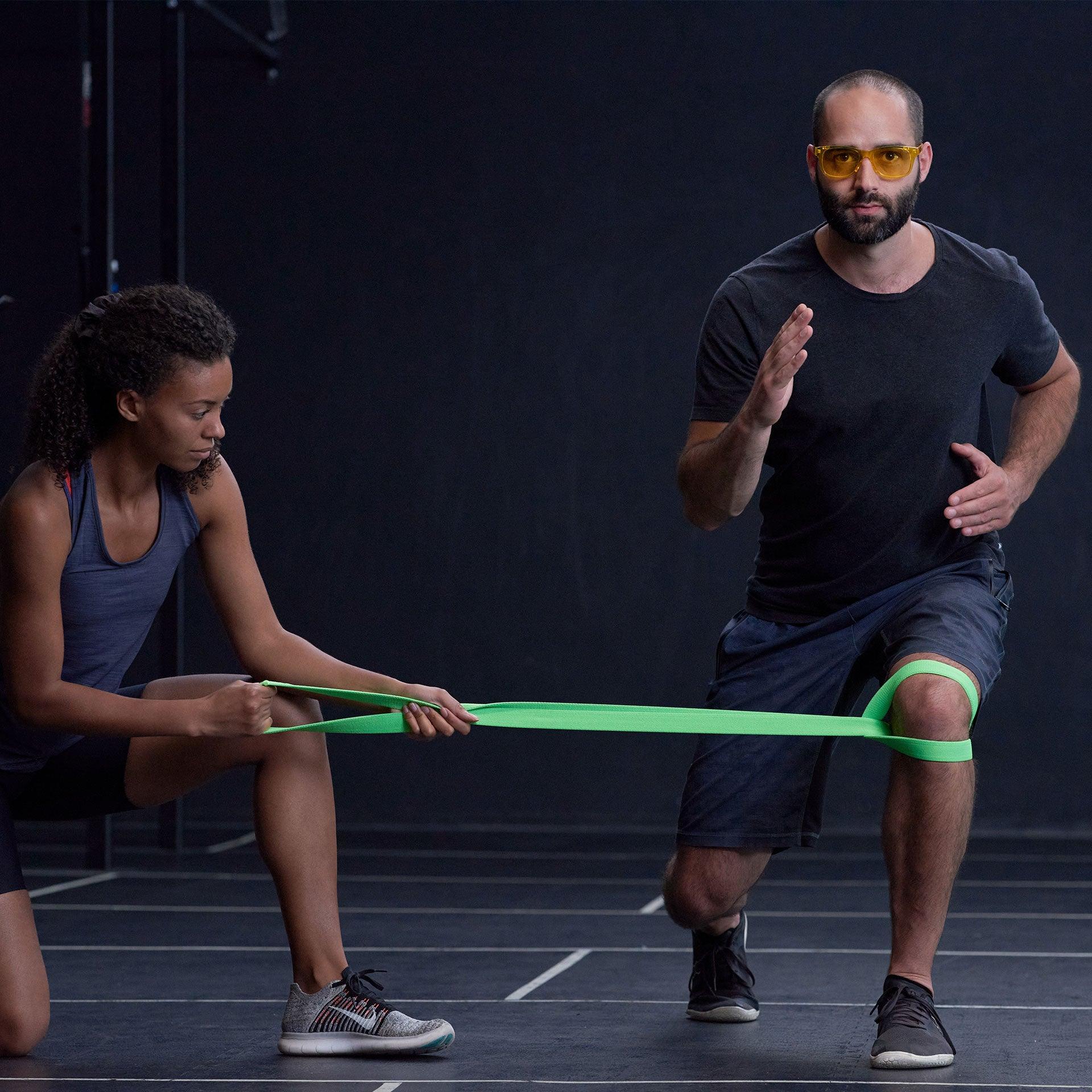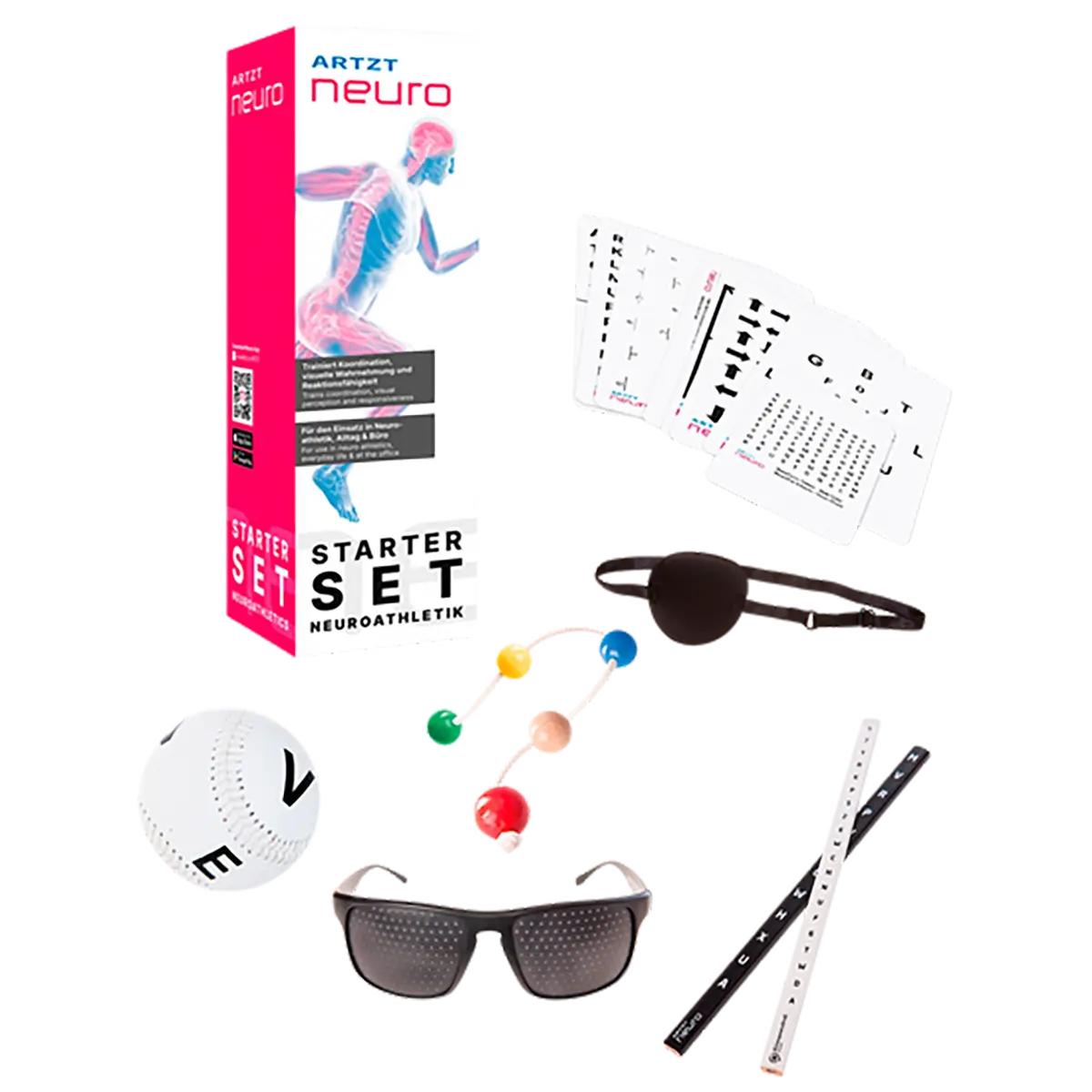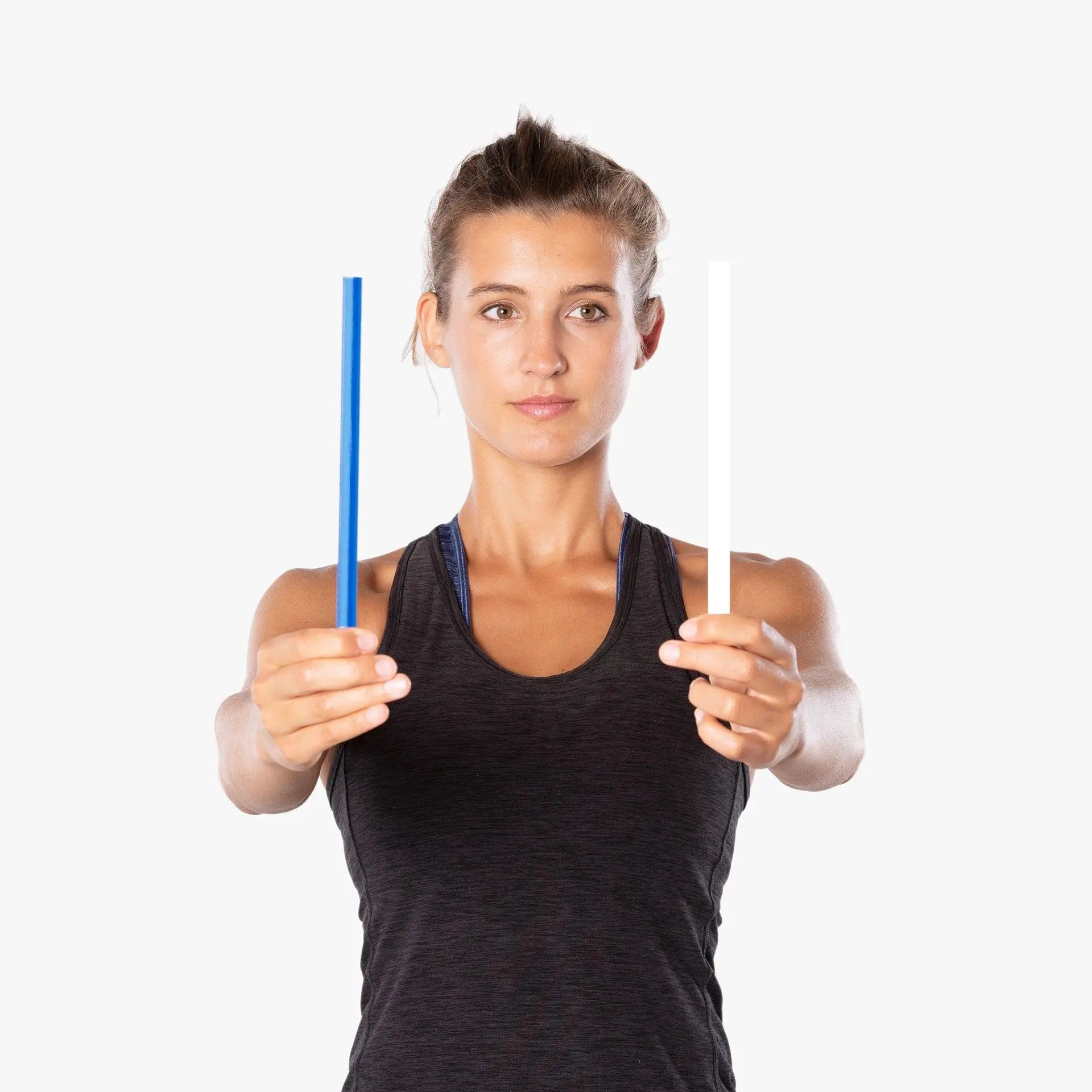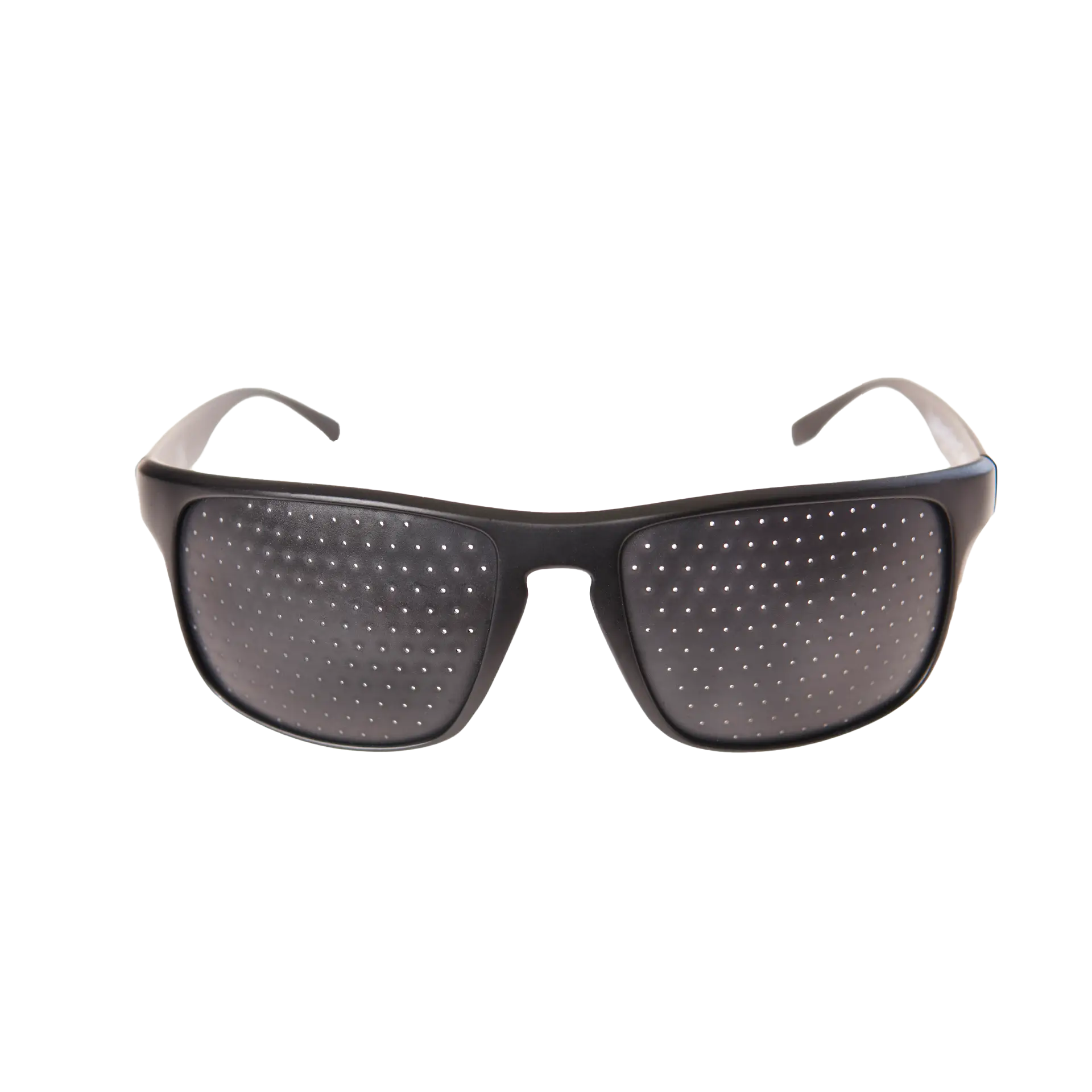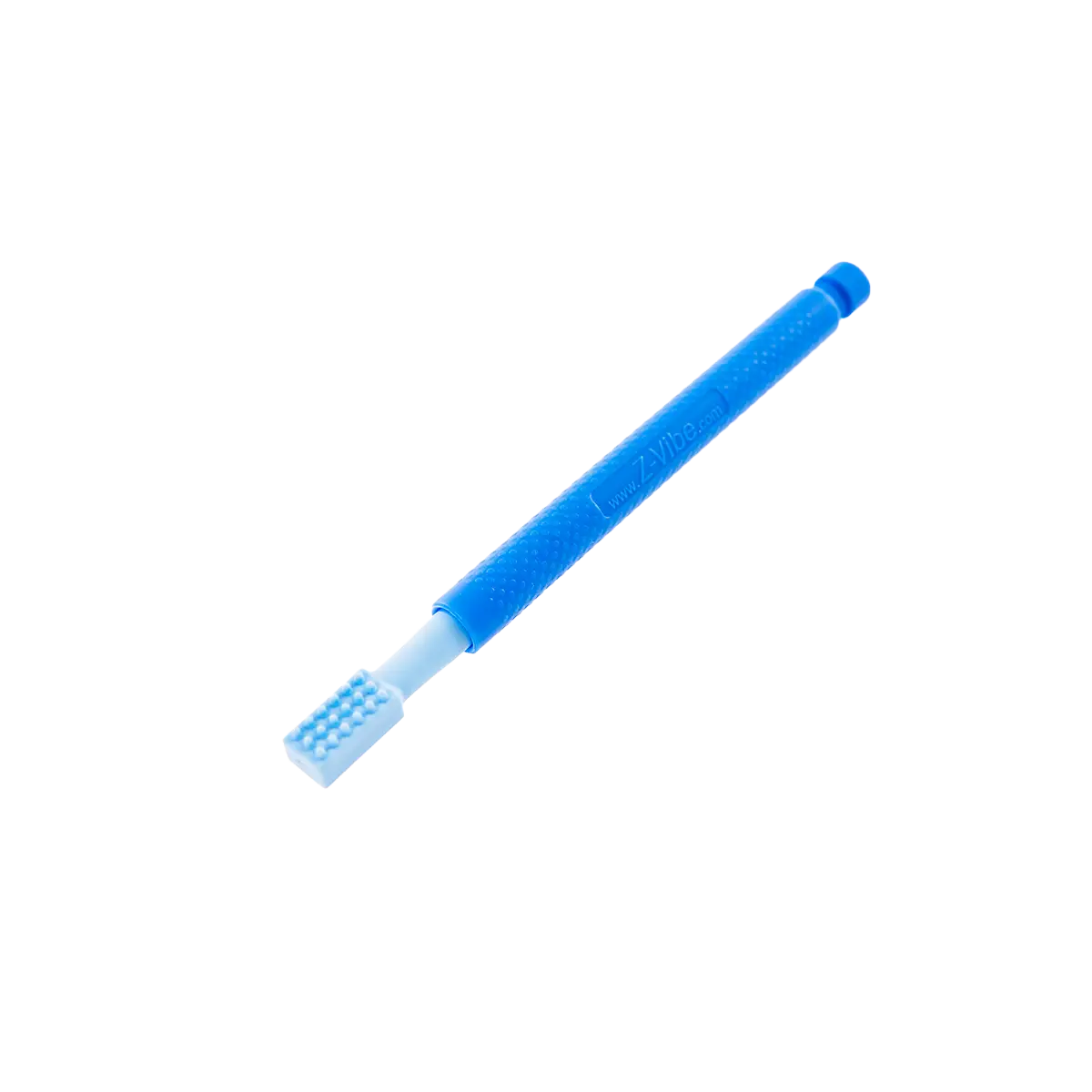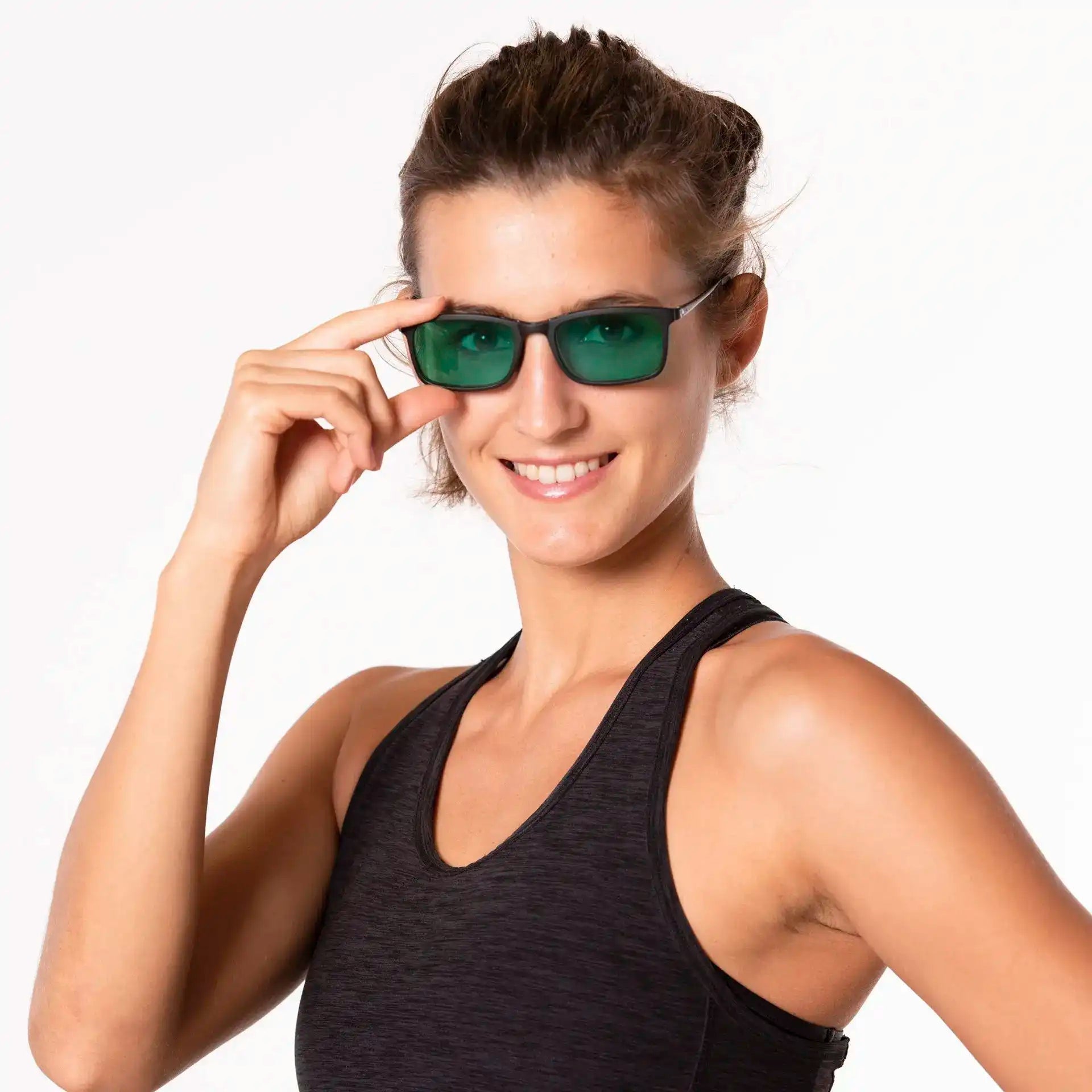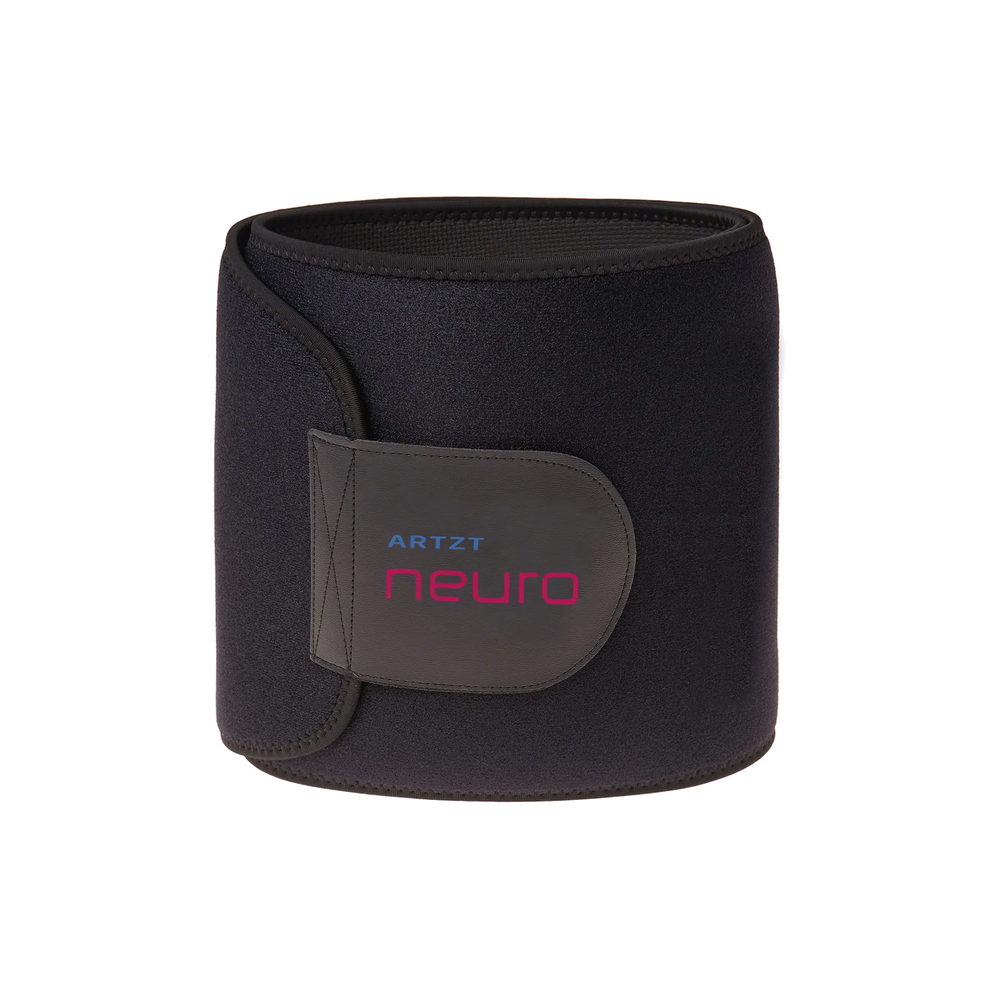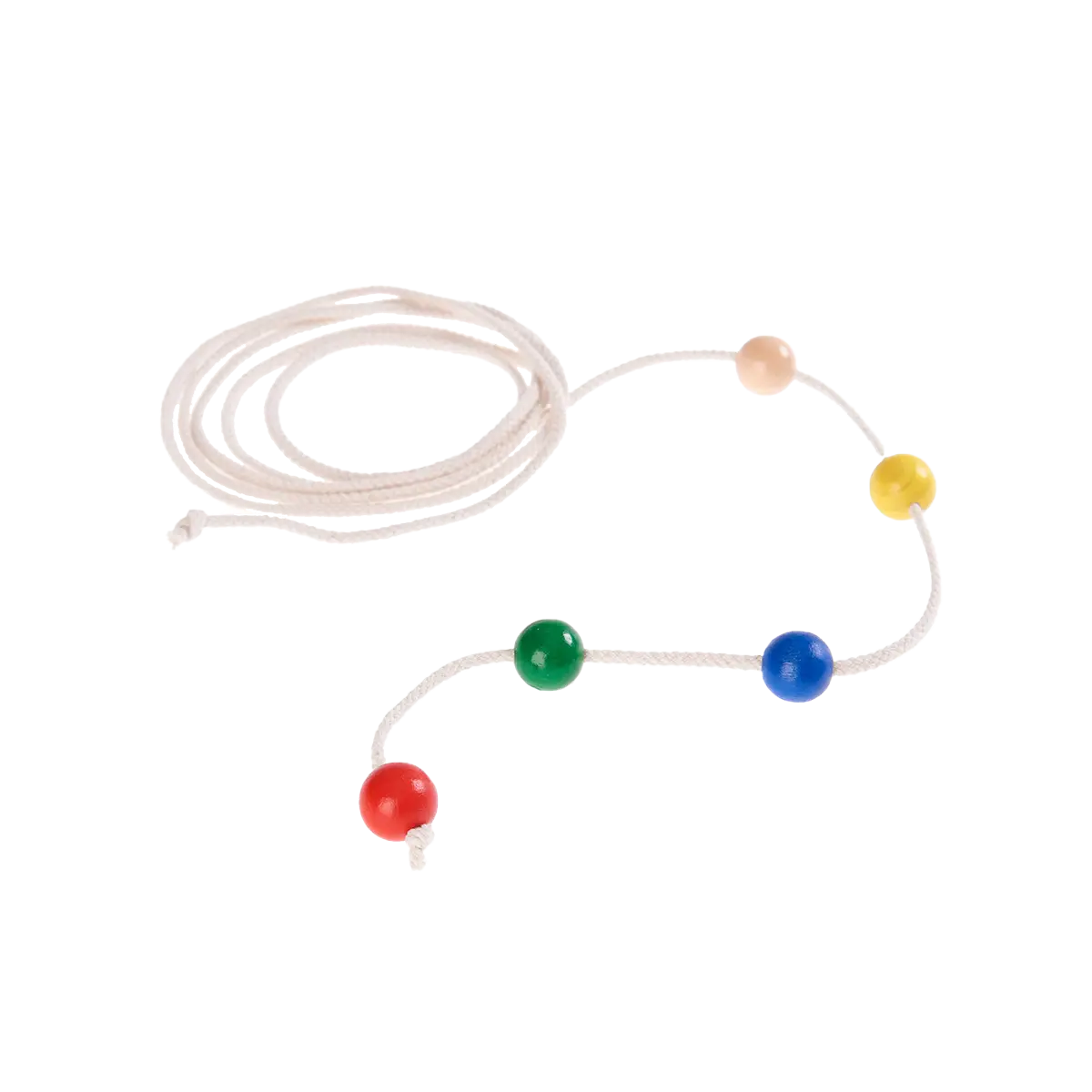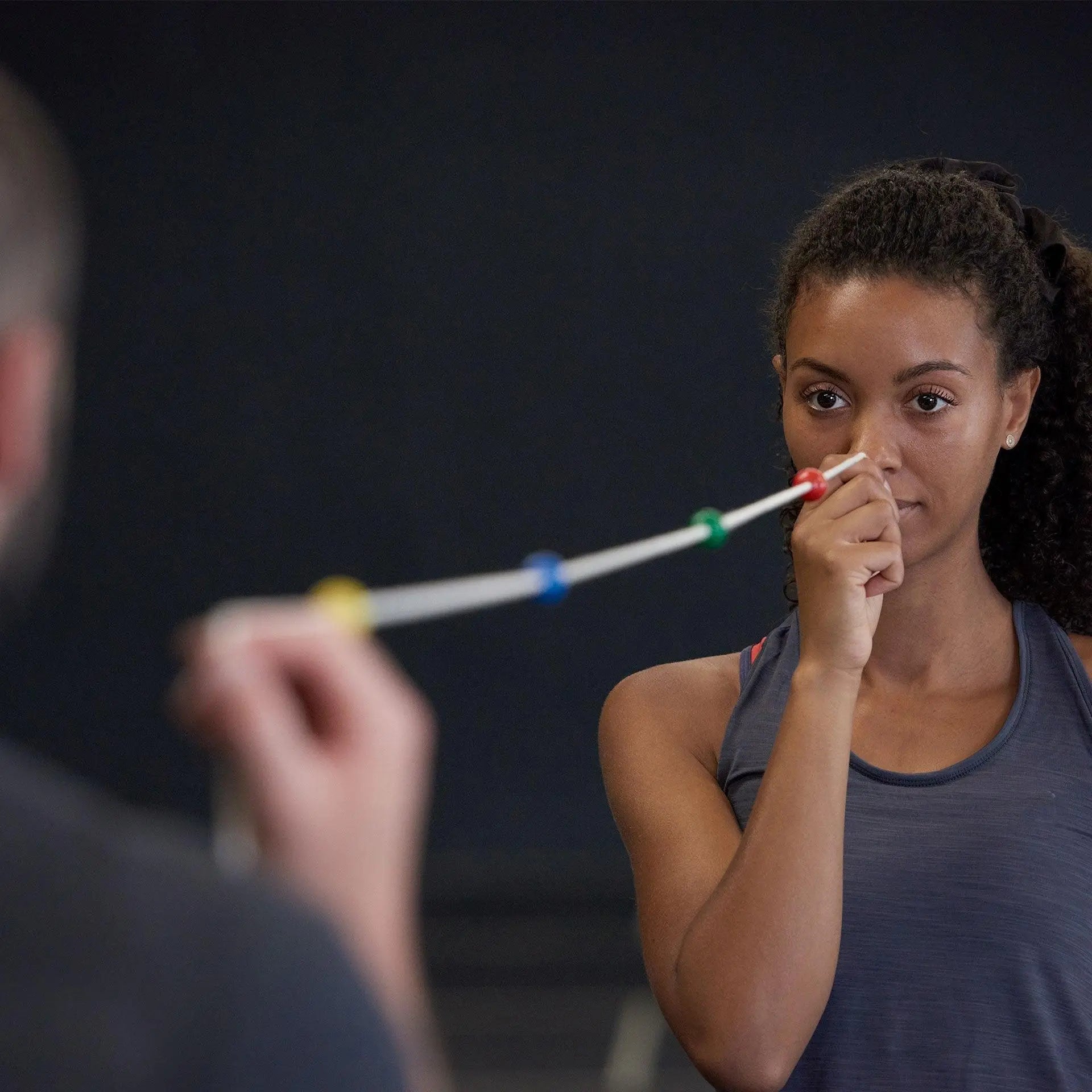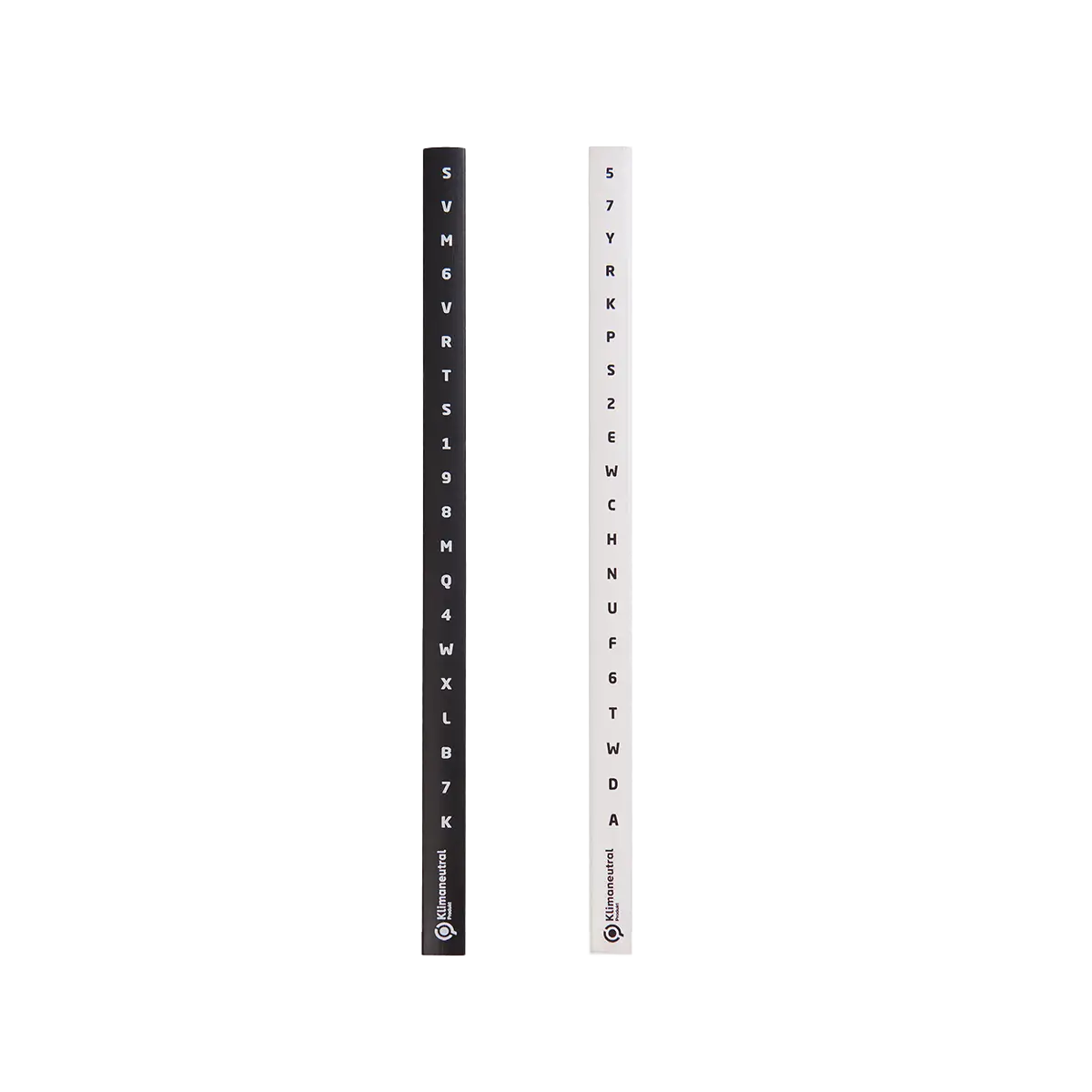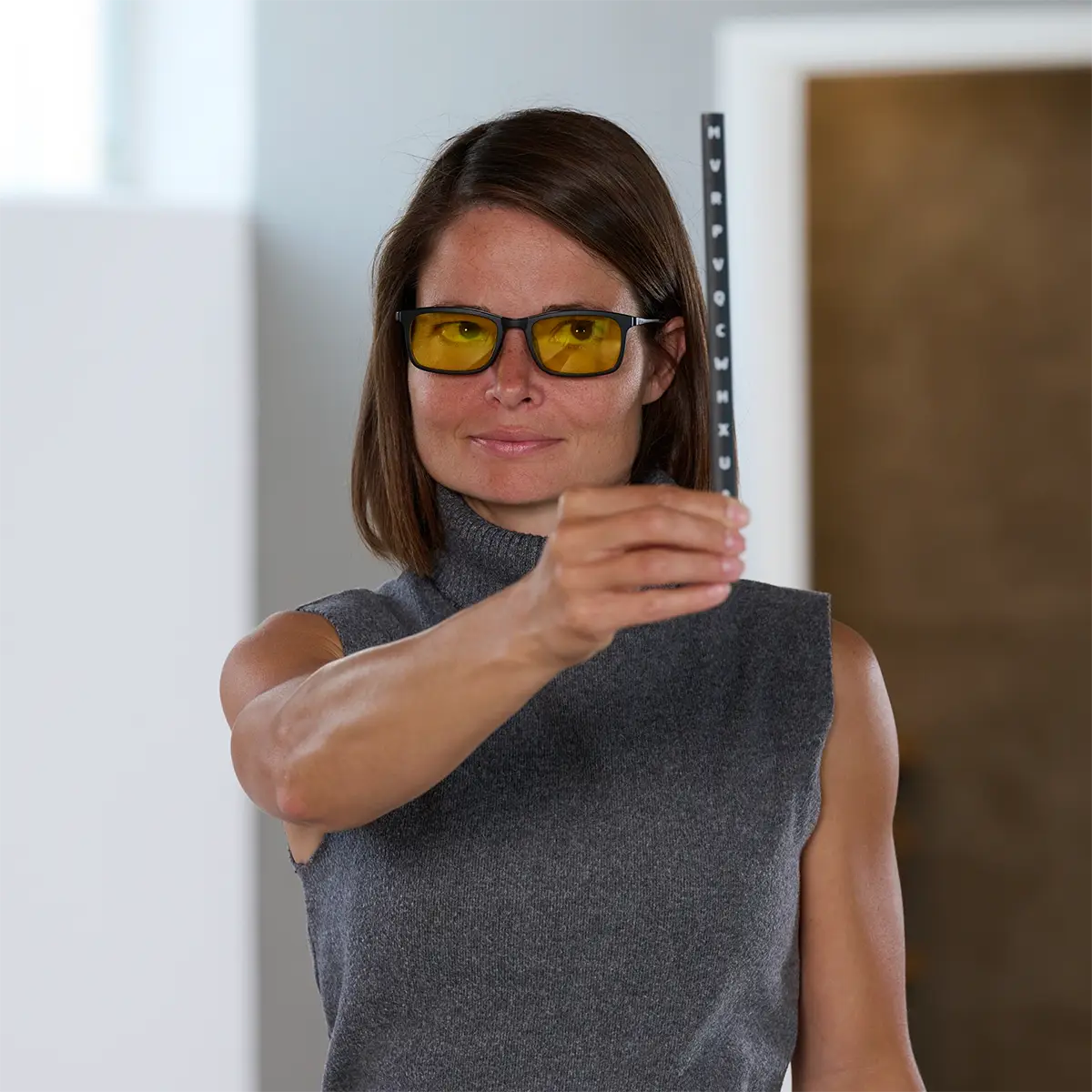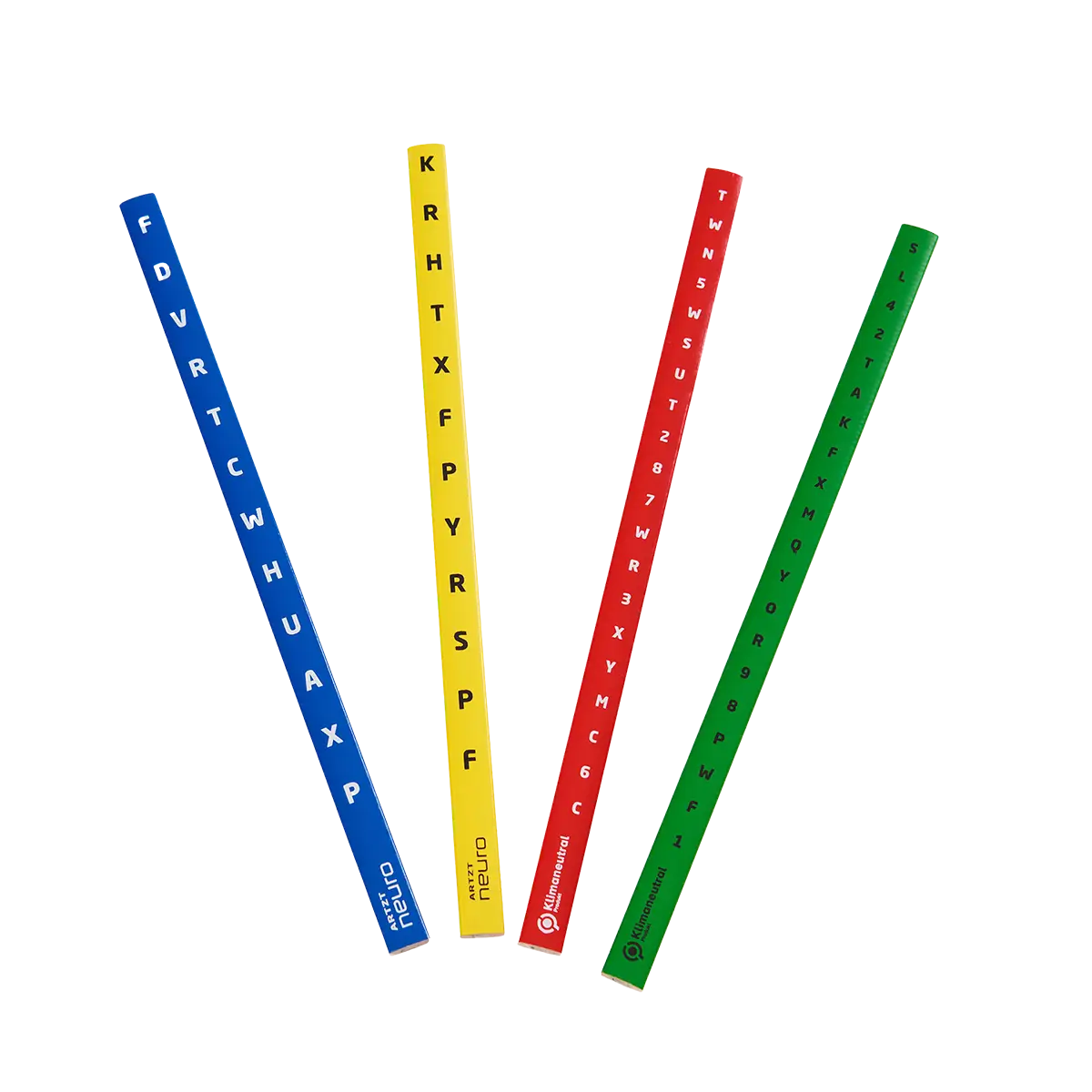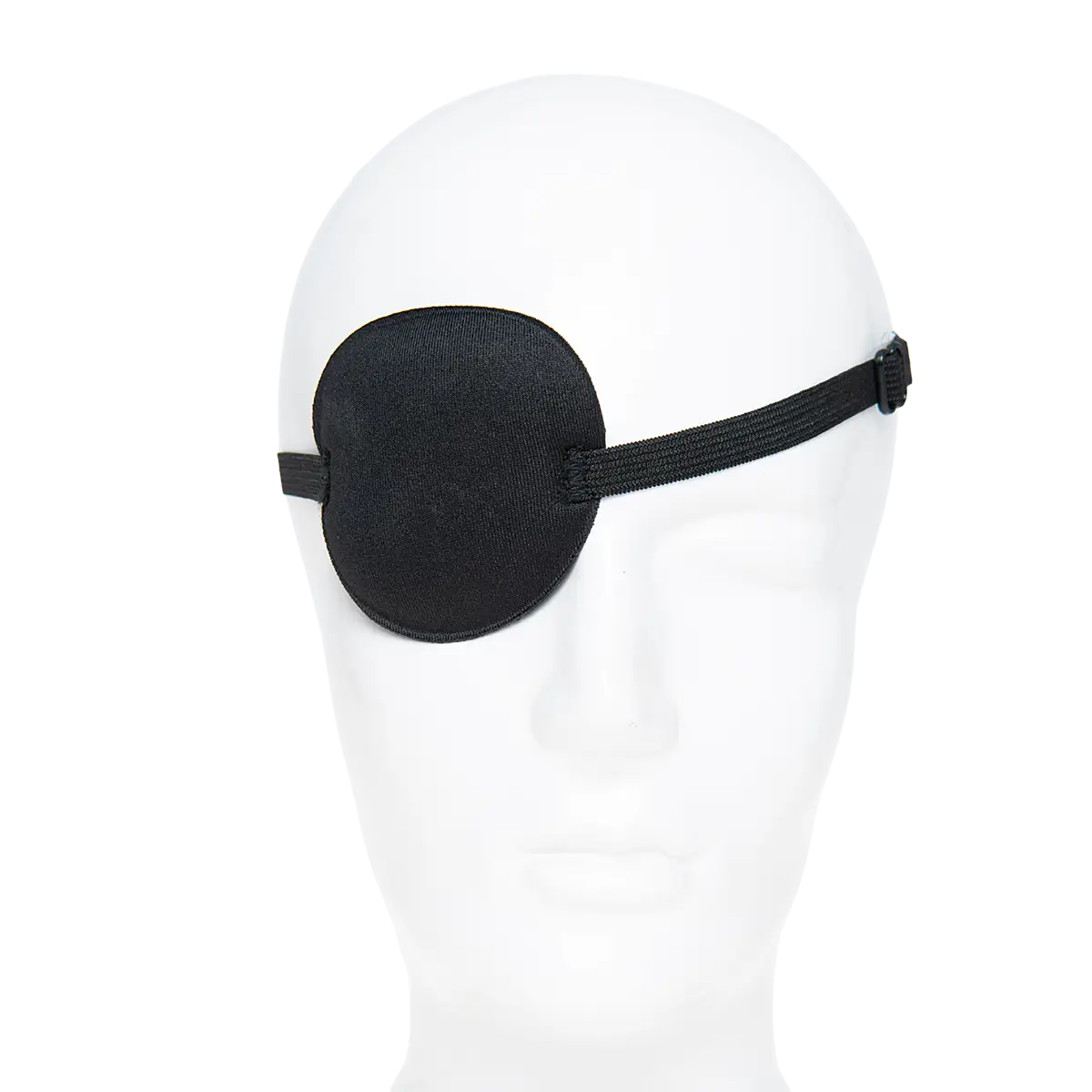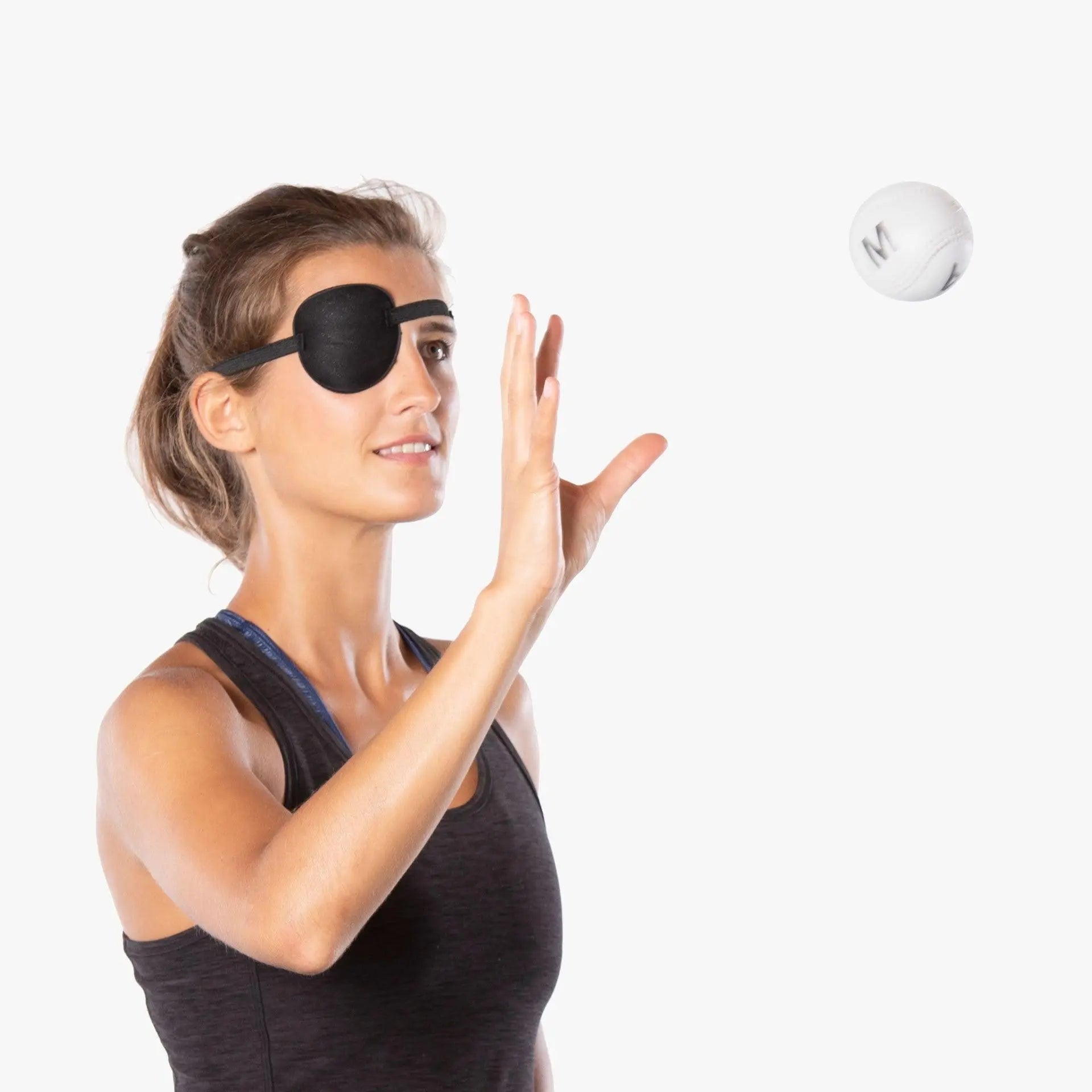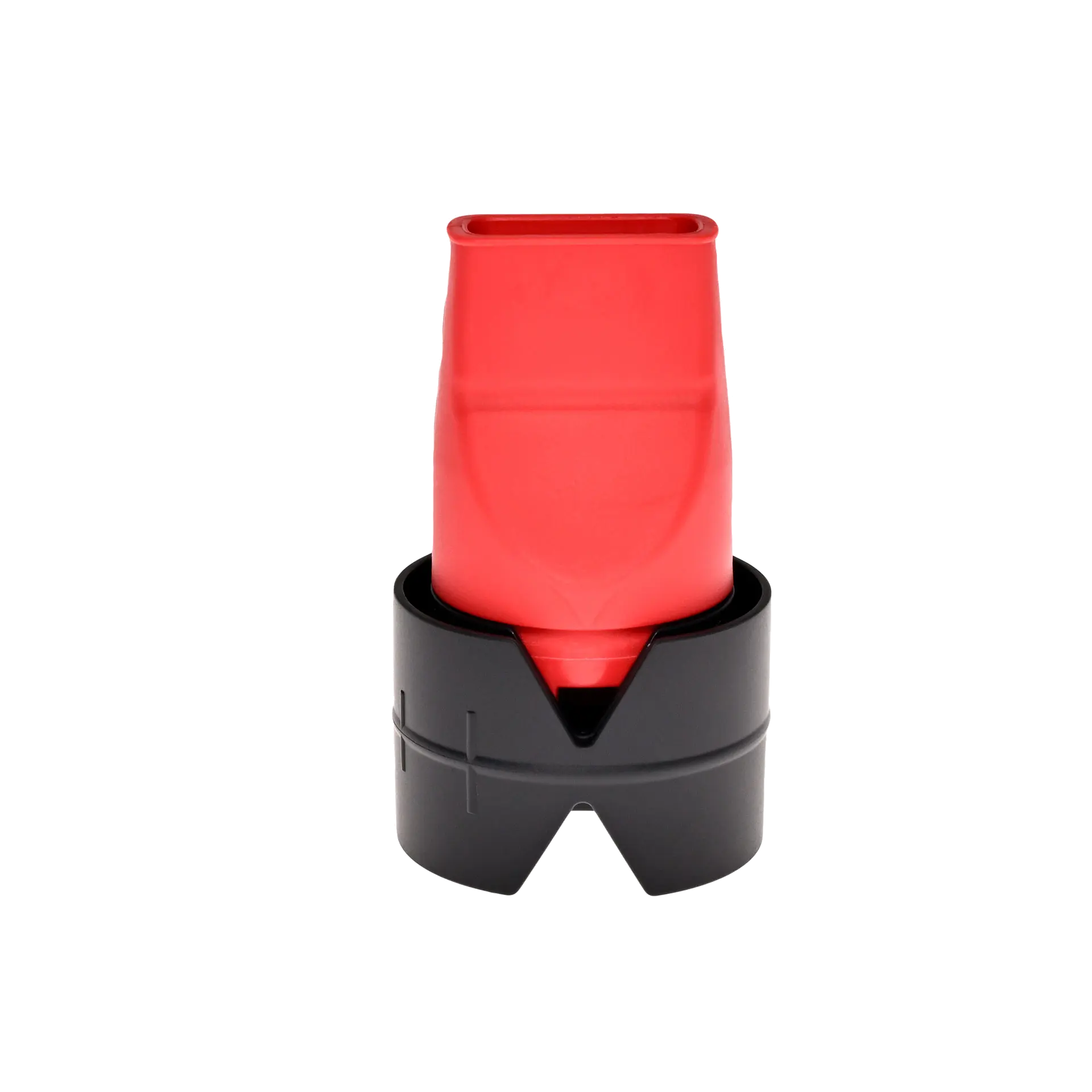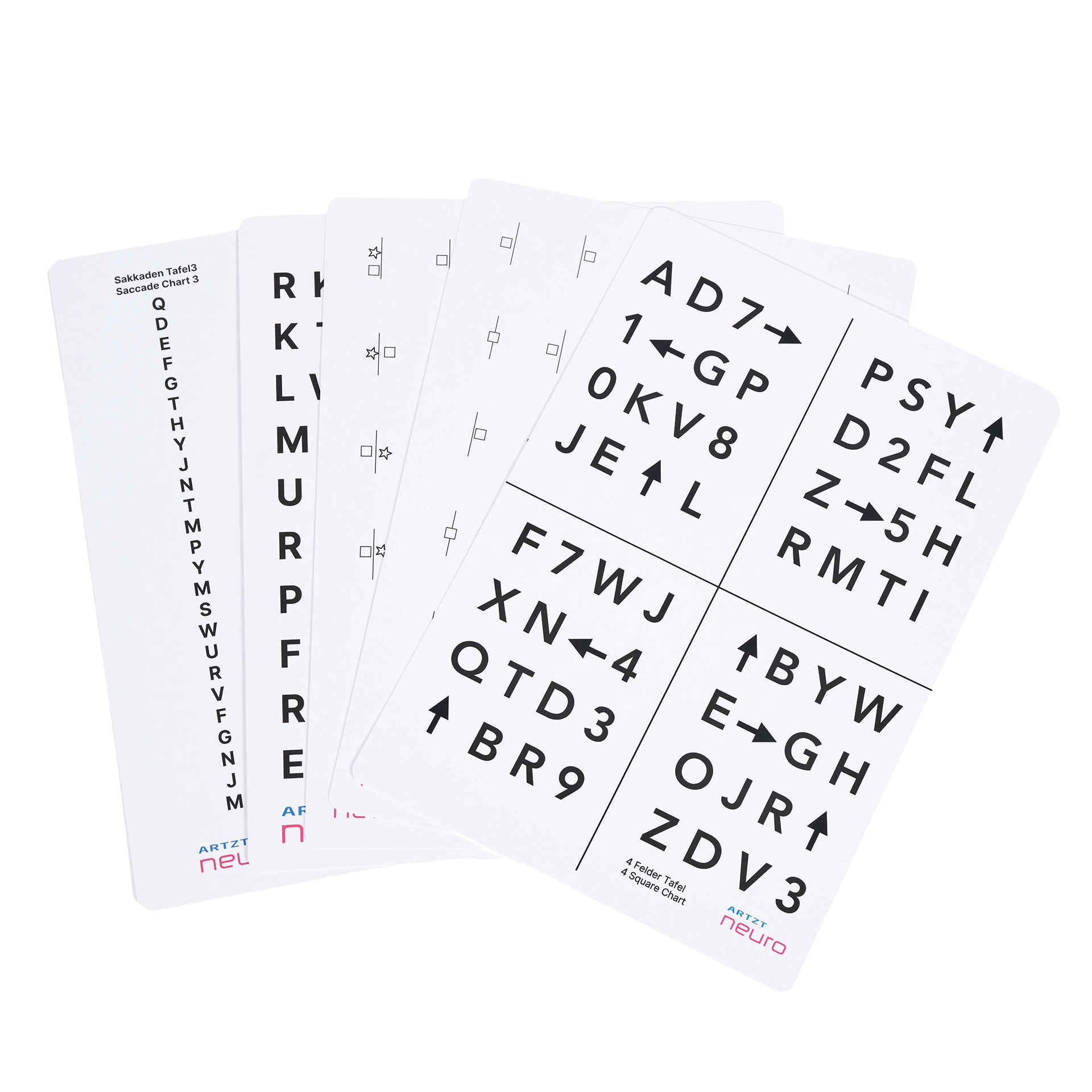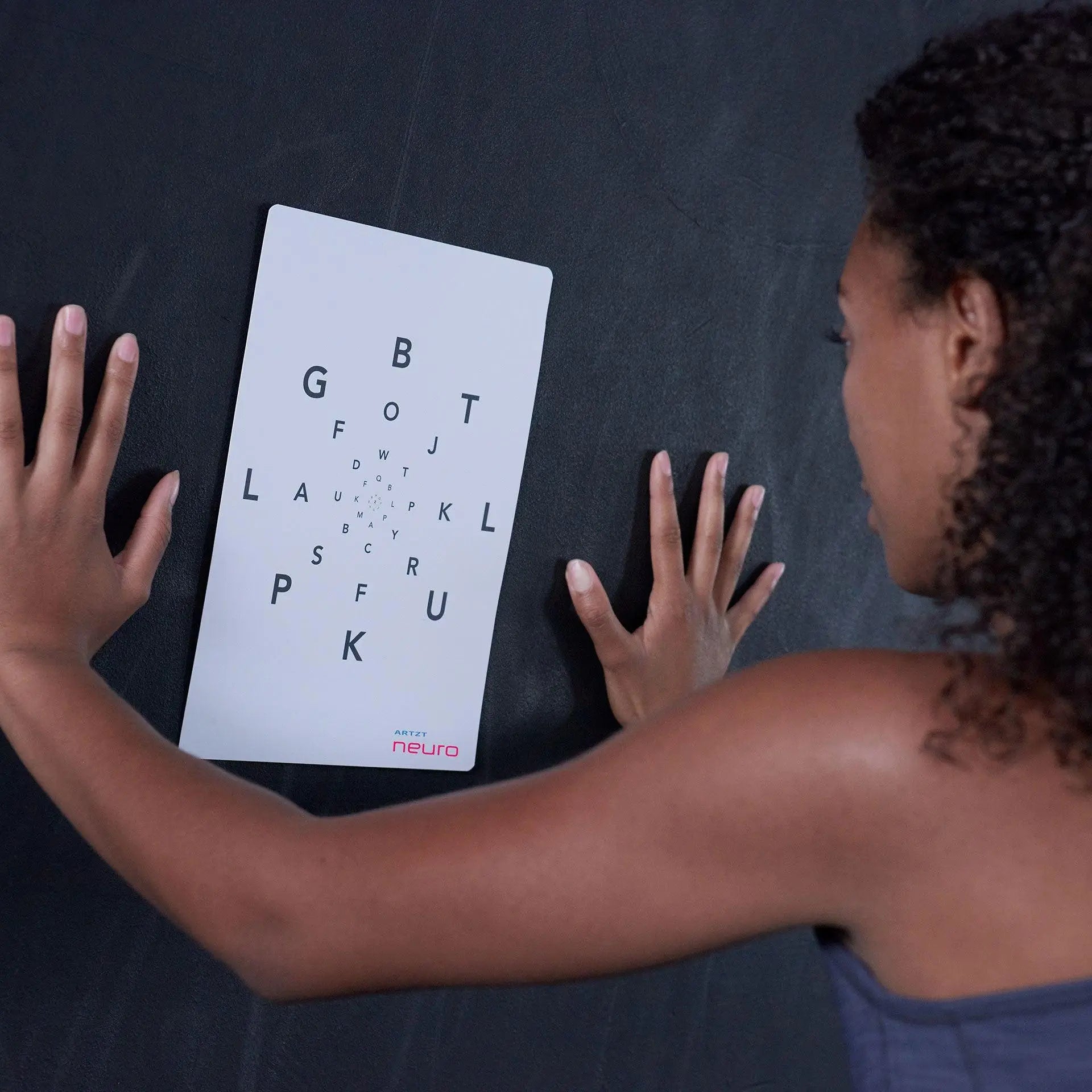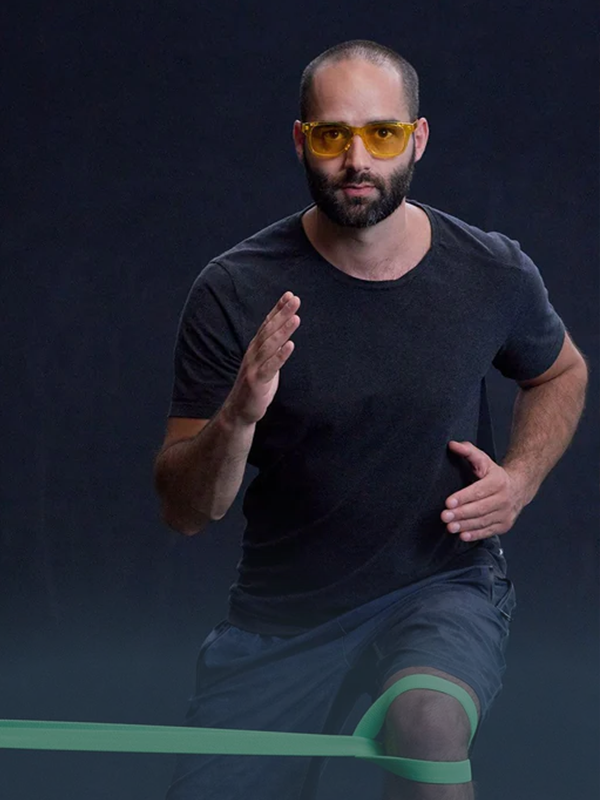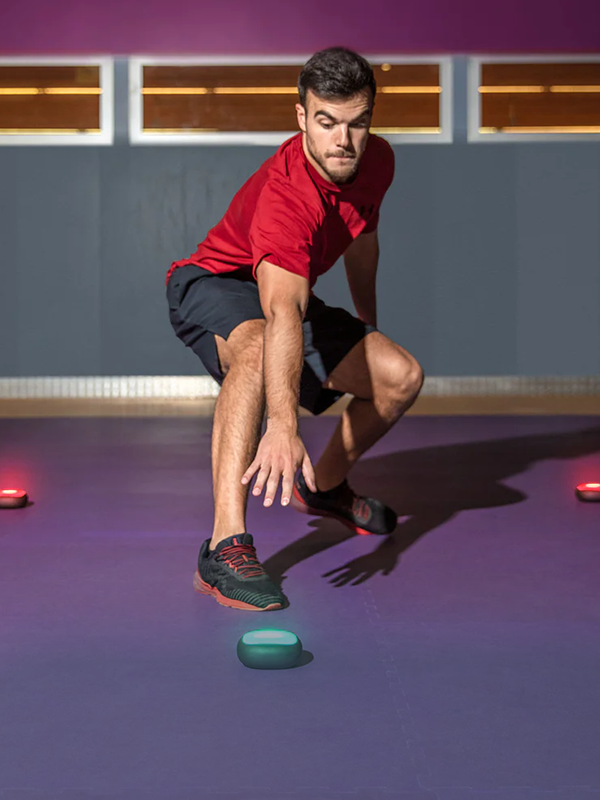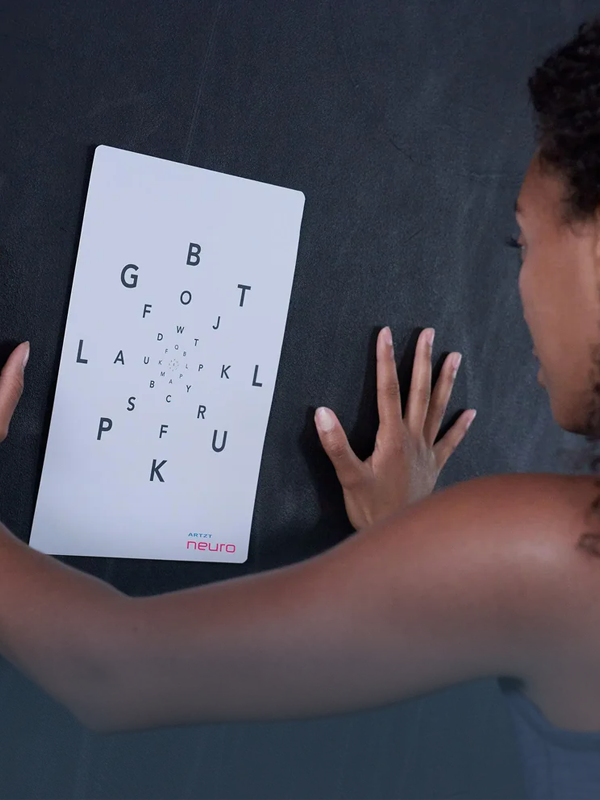Reading time: 3 minutes
You don't necessarily have to play tennis to suffer from the notorious tennis elbow. A lot of typing on the keyboard, with a pen or other (incorrect) strain on the arm can lead to the unpleasant pain. There are 3 great neuroathletic exercises that neuroathletic specialist Kevin Grafen explains clearly in the video below. This way you can relieve your pain in no time.
As always in neuroathletics, the first step is to use a simple check to get an overview of the mobility of the relevant body part and the athlete's perception of pain. And then you can get started.
The three exercises challenge the brain on different levels and ensure that the "pain output" is reduced and mobility is increased. The training also supports blood circulation. Improved blood circulation means that more oxygen and nutrients reach the athlete's tissue and muscles, which can promote regeneration and reduce inflammatory processes .
Exercise 1: Nerve stretching
The first exercise is about stretching the long arm nerve. To do this, the outstretched arm is stretched in various positions before the head is tilted in the opposite direction, thus providing even more stretching along the neck-shoulder axis. From this position , the nerve is mobilized by alternately lifting the shoulder . After 10 to 15 repetitions, feel how
your arm feels and whether the pain has already changed.
The exercise is particularly good for relieving the strain on your tendons and the tendon attachment in your forearm. Physiotherapists often recommend this method for complaints such as epicondylitis , i.e. tennis elbow or golfer's elbow.
Exercise 2: Mobilize your elbows
For exercise number 2, use a Wave Solo fascia ball that vibrates at different levels. People who suffer from tennis elbow often also have problems with gripping . That's why Kevin recommends this exercise, in which the arm including the elbow is activated by a rotating movement while firmly gripping the vibrating fascia ball.
This exercise specifically strengthens the fingers, palms and wrists , which can increase your performance in the long term. 10 repetitions in each direction often bring noticeable relief and relaxation of pain and tension. Athletes like Alexander Zverev also use such training methods to make movement sequences more efficient.
Exercise 3: Shoulder Blade Circles
Exercise 3 uses the Super Band , which you can use to mobilize your shoulder blade. Working on the joints above and below the affected region will help relieve pain. To do this, place the Super Band around your upper back like a backpack, and hold the loops with your hands. With your arm stretched out on one side, work against the resistance and push your arm forwards and back again from your shoulder.
If these neuroathletic training movements work well, raise and lower your shoulder blade with your arm extended. Finally, both preliminary exercises are combined into a circular movement . There are again 10 to 15 repetitions on each side.
This exercise not only helps treat acute pain, but also improves the stability of the muscles around the shoulder in the long term . This also relieves the strain on your nervous system. In addition, many physiotherapists recommend stretching exercises to keep the muscles supple and prevent further injuries.
Conclusion: 3 exercises against tennis elbow that really help
The aim of these 3 neuroathletic exercises against tennis elbow is to train effectively and without much effort at home and to challenge your brain in order to treat or reduce inflammation and discomfort. Neuroathletic training with the targeted use of aids such as a fascia ball or fascia roll makes the training not only effective, but also flexible enough to be integrated into everyday life - whether during the week or at the weekend.
If you practice regularly, you will soon notice how your movements improve and the pain decreases when doing neuroathletic training. Keep at it - your body will thank you!

